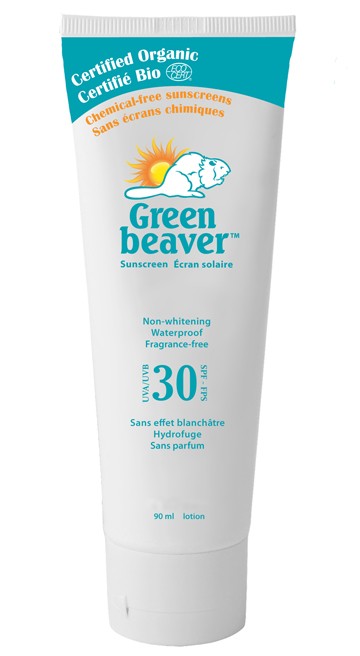Internal Sunscreen?
 The big debate. You can find information to support both sides of sun exposure. Vitamin D, circadian rhythms and general happiness are arguments for getting a bit of sun everyday and skin cancer and aging would be the main arguments against. So what to do?
The big debate. You can find information to support both sides of sun exposure. Vitamin D, circadian rhythms and general happiness are arguments for getting a bit of sun everyday and skin cancer and aging would be the main arguments against. So what to do?
Well, this is going to be up to you, but here is some information.
One of the biggest deciding factors for recommendations for sun exposure is skin colour. Basically, burning the skin is not good and the lighter your skin is, the higher the risk of burning. Keep this in mind when choosing the amount of time to spend in the sun whether you are protected or not.
Did you know that the foods you eat can reduce your chances of sun burning? This internal sunscreen also works to reduce the aging effects of the sun on a daily basis. We all know or have met someone that has skin that seems years and years younger than their age. This is often the effect of a combination of genetics, smart sun exposure and a diet rich in antioxidants and good fats.
Of course there are many sources of antioxidants and getting lots of them is helpful for almost everything, but there are a few special ones when it comes to planning for effective internal sunscreen. A group of antioxidants collectively called carotenoids are commonly found in orange and red fruits and vegetables and are excellent internal sunscreens and natural anti aging compounds. Astaxanthin is a powerful carotenoid that is found in red marine algae. This algae is commonly eaten by salmon (and pink flamingos!) giving them their red/orange colour. Most potent in wild sockeye salmon, astaxanthin can also be taken as a supplement and found in some fish oil supplements. It is being vigorously studied for the role it may play in anti aging strategies of the future.
It is important to mention a few other sources of antioxidants to add to the list. Chaga, a mushroom that grows on birch trees has one of the highest ORAC values (Oxygen Radical Absorbance Capacity - how well they stop free radical damage) in all of nature. We have talked about Chaga in the past and you can read more here. Green tea, broccoli, garlic, berries, tomato paste, cocoa and carrot juice are also among the antioxidant superstars.
Healthy fats are another key player in the notion of protection from within. In particular, omega 3 fatty acids from fish oil and somewhat from other sources like flax, hemp, walnuts, etc are also key in healthy sunned skin. Anti inflammatory saturated fatty acids like coconut oil, grass fed butter and avocado may also, over time, increase the amount of time you can stay in the sun before burning.
While you get Vitamin D from the sun, studies also show that if you have adequate levels of D in the body before you go into the sun, you are also less likely to burn. Your doctor can check your vitamin D and levels that are between 75-115ng/mL seem to be most protective.
Internal sunscreen works best when it is part of an everyday habit, not as a binge before going to the beach and it is as important what not to eat as what to eat. Sugar and high glycemic foods, omega 6 fatty acids and other fats like trans fats and fats that have been heated past their smoking point can break down the ability of the body to have natural protection from the rays of the sun. If you are looking to increase your protection, depending on your current health and diet, it takes about 4 weeks to build up some of this inner protection which will improve over even longer periods of time.
Most of us would agree that following things through to the end is a good trait. It is the same with sun care. After time in the sun, or if you do experience an unplanned sun burn, the principles above all help with sun care follow up as well. Come out of the sun and make yourself a berry smoothie, an iced chai chaga latte, take your fish oil and spread some aloe vera or calendula on that skin of yours to improve healing time and reverse some of the damage.
External sunscreen is a much more common topic of conversation and one we will just touch on here. There are two kinds of sunscreen: 1) something that blocks the sun or 2) a chemical that delays the burning of the skin. Natural sunscreens are like spreading a physical layer to reflect the rays of the sun from penetrating the skin. The sun can also be blocked (mostly) by being in the shade and wearing clothing over the skin. The time of day you are in the sun also plays a big role with the strongest sun between 10-3pm.
The active ingredients in most natural sunscreen is a combination of zinc oxide and titanium dioxide with some products now adding the protective effects of red raspberry seed oil to their formulations. Red raspberry seed oil has an approximate SPF of 8+ and, rich in antioxidants, is a great addition to natural products enhancing their spectrum of coverage. Remember, the skin absorbs whatever you put on it (that is why the nicotine and birth control patches work!) so check your sunscreen to make sure you are feeling good about it.
Posted by Amy Buckman, Community Ambassador, Amaranth Stores






